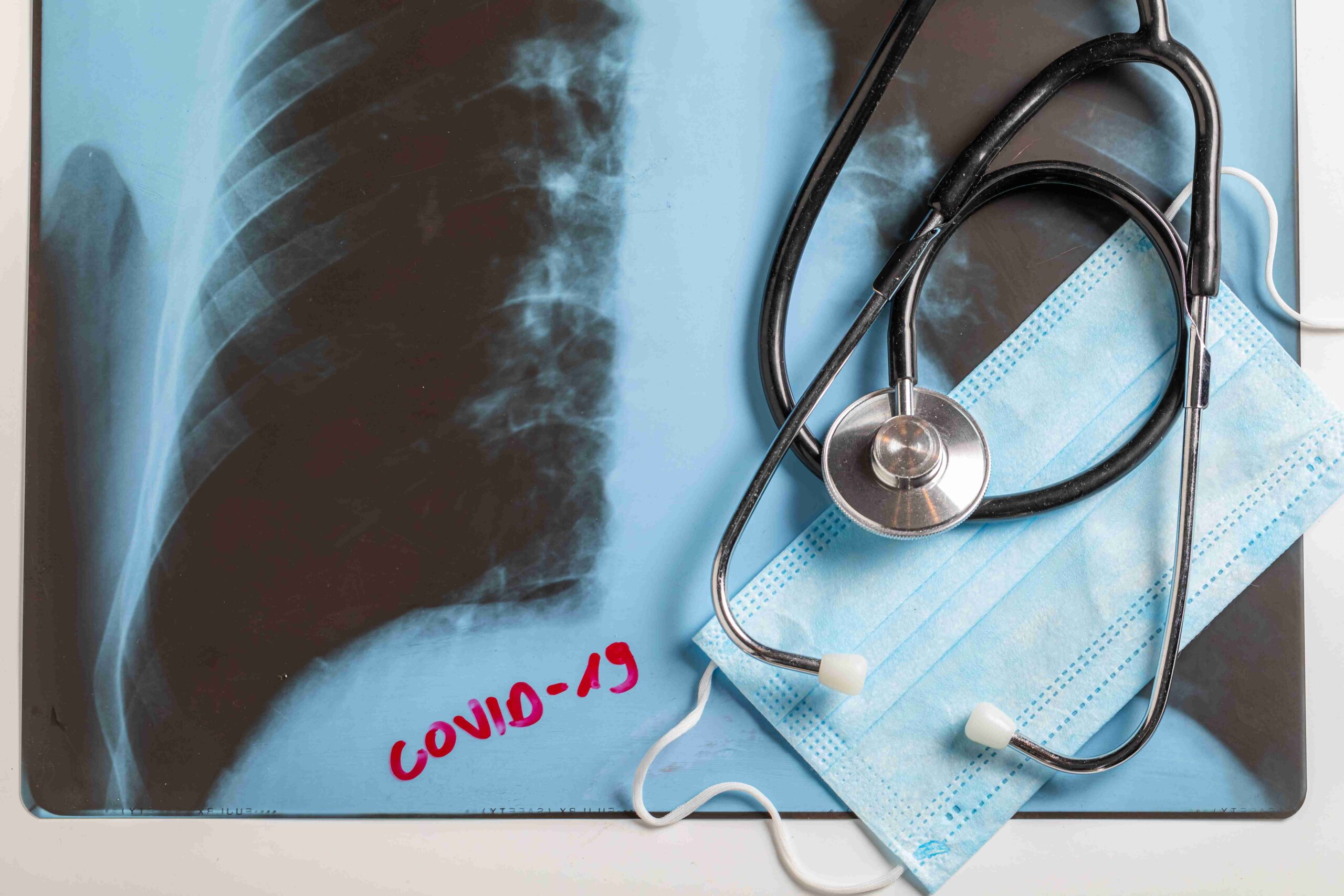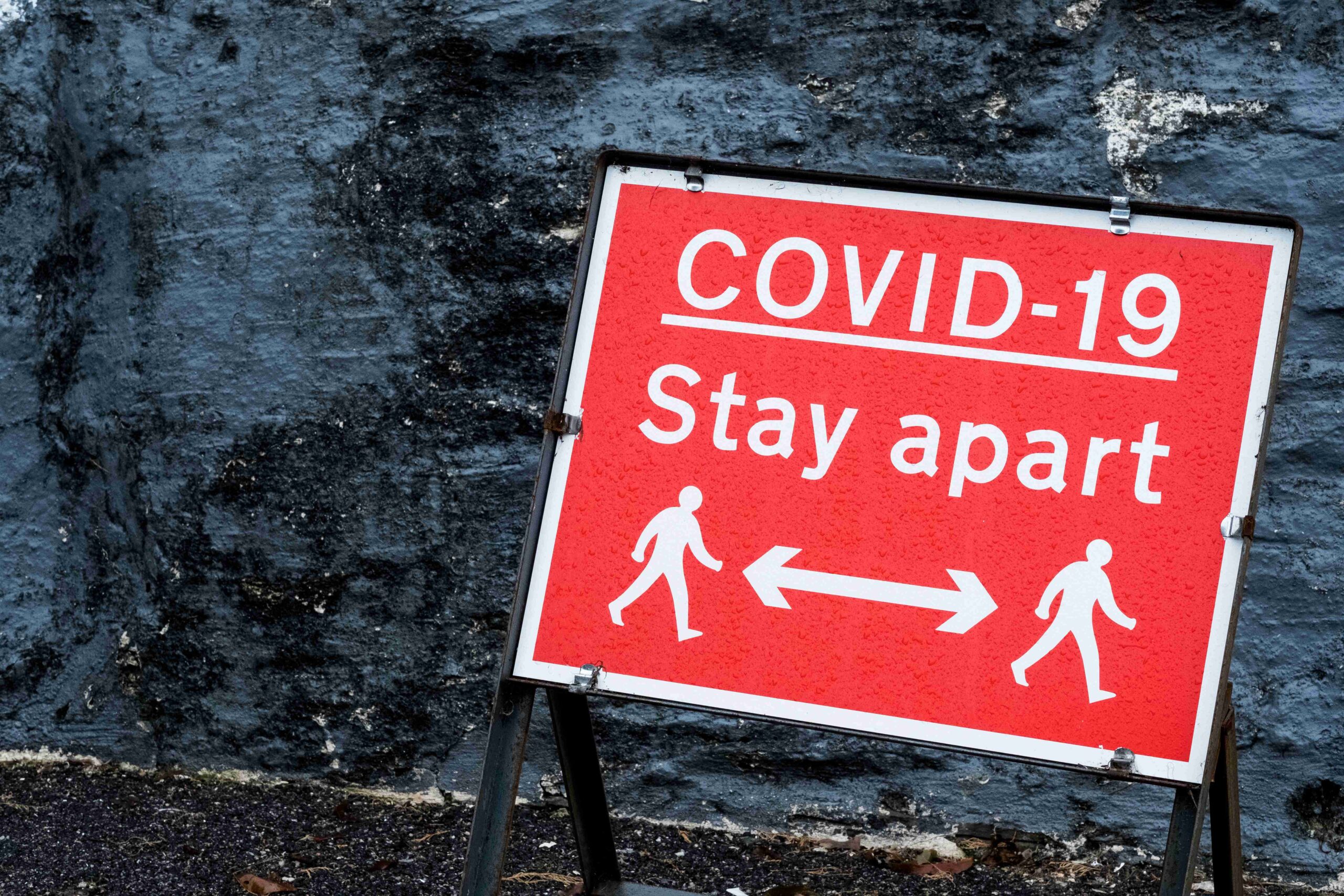After a challenging period during the COVID-19 pandemic, organ donation in India has shown encouraging signs of recovery. Recent figures indicate that overall donation numbers are nearing record highs observed over the last five years. However, a closer look reveals that the majority of these donations come from living donors, while the critical area of deceased donations remains underrepresented. This gap is significant because organs from deceased donors are essential to meet the vast and growing demand among patients awaiting life-saving transplants.

A Promising Rebound
In 2021, the total count of organs harvested, ranging from kidneys and livers to hearts, lungs, and pancreases, reached approximately 12,387. This impressive number reflects a rebound after the downturn experienced during the first year of the pandemic. The increase is heartening for those involved in transplant networks and medical services across the country. Yet, the balance between living and deceased donations remains uneven, with only about 1,743 organs (roughly 14%) coming from deceased donors.
Current statistics:
- Total Organs Harvested: Around 12,387 organs were collected in 2021, showcasing a significant recovery from previous years.
- Deceased Donor Contribution: Only approximately 1,743 organs were sourced from deceased donors, which accounts for just over 14% of the total.
- Living Donor Dominance: The overwhelming majority of donations have come from living donors, highlighting a critical gap in posthumous donations.
These statistics underscore the pressing need to boost deceased donations, which are vital for addressing the organ shortage that continues to challenge healthcare systems nationwide. The recovery in overall numbers is a positive sign, but the slow growth in posthumous contributions indicates an area requiring focused intervention.

Barriers to Increasing Deceased Donations
Several challenges prevent the full potential of deceased organ donation from being realized. Cultural perceptions, a lack of awareness, and the emotional difficulties families face at the time of loss all contribute to this gap. Despite ongoing public awareness campaigns and efforts by medical professionals, many families are hesitant to consent to organ donation after a loved one’s passing.
Main issues:
- Cultural and Emotional Factors: Deep-rooted traditions and the emotional strain of losing a loved one often hinder the decision to donate organs posthumously.
- Misinformation and Lack of Awareness: Many families are not fully informed about the benefits and processes involved in organ donation, leading to missed opportunities.
- Procedural and Administrative Hurdles: Complex legal and administrative procedures can delay or discourage families from proceeding with donations.
These challenges emphasize that increasing deceased organ donations requires more than just improved infrastructure, it calls for empathetic communication, streamlined processes, and persistent public education to change long-held perceptions.
Vision for Tomorrow
As we look ahead, there is an urgent need to bridge the gap between overall donation numbers and the critical shortfall in deceased donations. Imagine a future where every family, in their moment of grief, finds solace in knowing that their loved one’s legacy can save lives. By enhancing awareness, simplifying procedures, and fostering a culture of compassion and understanding, we can transform the current landscape of organ donation.
